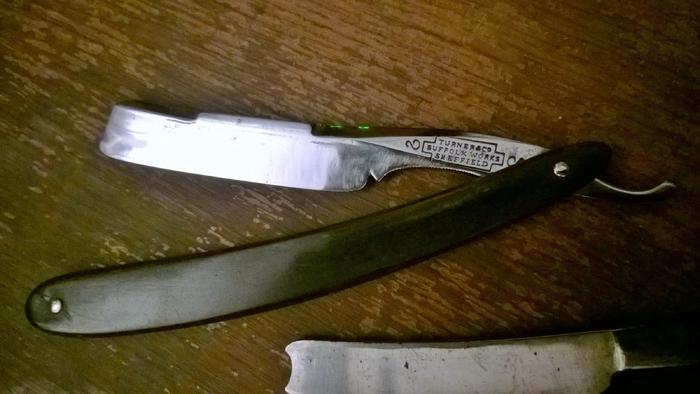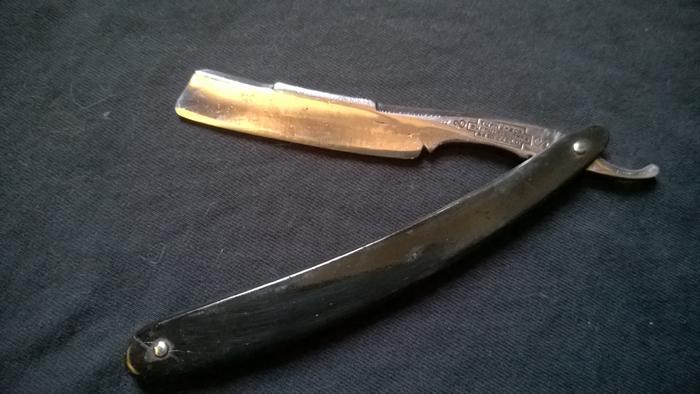Results 21 to 30 of 34
Threaded View
-
08-16-2015, 11:51 PM #1
 honing old wedge blade without making a large edge
honing old wedge blade without making a large edge
Good day gentlemen
Since few days, I'm occupied with this question. I love old wedge blades. I'm poisoned of them. Until now I honed many razors with success ( if we don't count all my first blades while I was learning). Well here the question, some old wedge blades some time they have lost width to heel with a smile edge or even not a smiley edge ( or a very softly smile bevel) I can't hone them with keeping the edge less large possible and while I was trying to have a bevel which cut arm hairs I'm having large and ugly edges, that's annoying!. Sometimes I need to try hold the spin up but this is hard too to find the good angle.
So id like to ask you if you have any tuto or tips to understand if I need to go with spin hold up ( hide know the right angle? ) or go through with normal homing but less large edge.
Here I add two pictures of a blade of mine before and after honed. I must mention the blade had a butter knife edge when I bought it ( as 0.5 mm with of the bevel when I looked it from down to see better it's bevel)
1st
2nd
Edit: That was hard to add pictures by my phone.Last edited by Oustoura; 08-17-2015 at 12:03 AM.


 19Likes
19Likes LinkBack URL
LinkBack URL About LinkBacks
About LinkBacks






 Reply With Quote
Reply With Quote